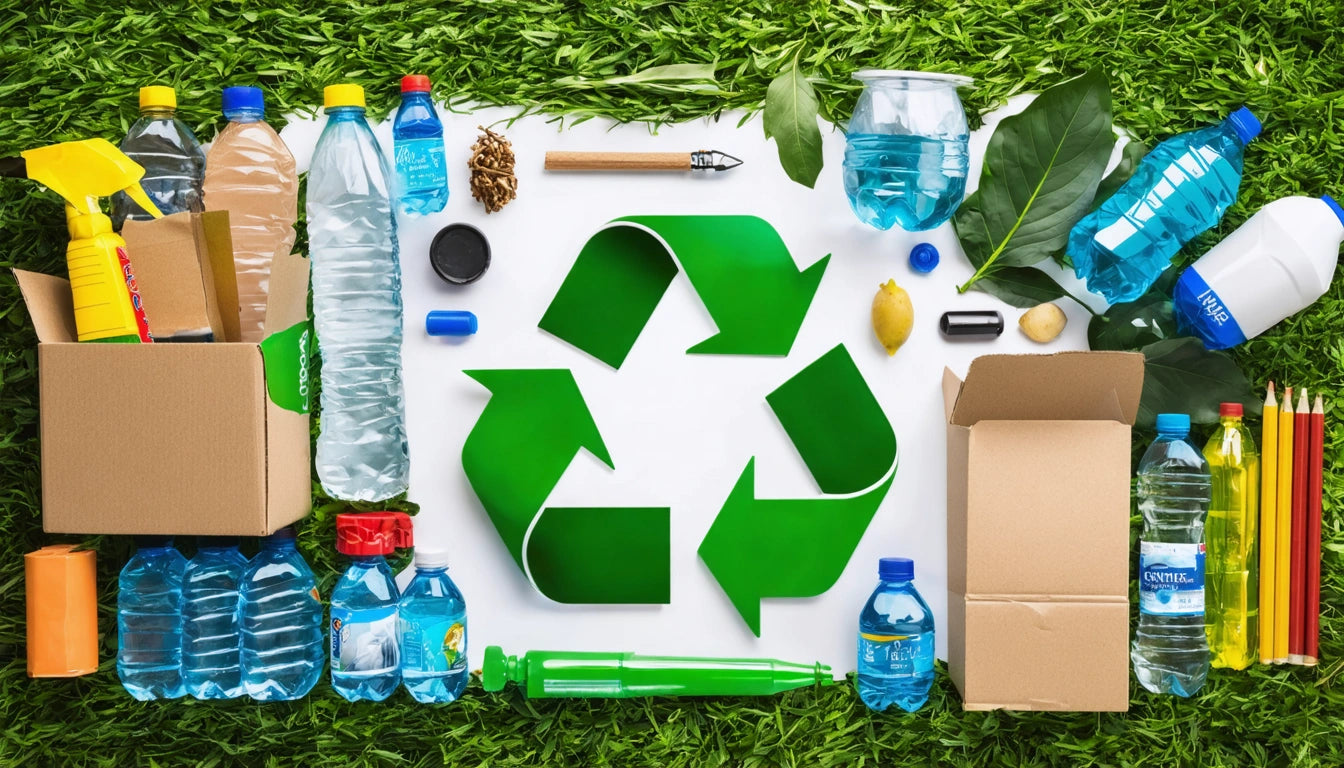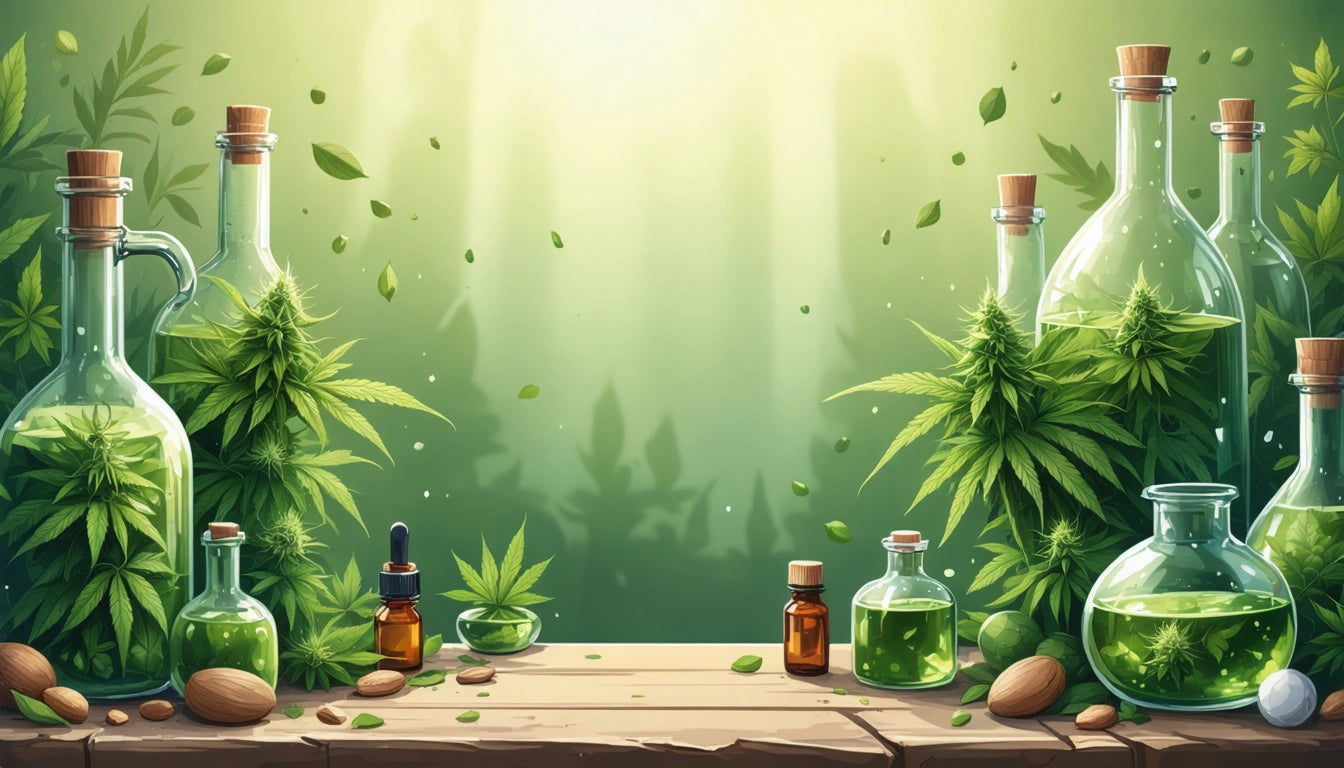Table of Contents
Understanding Recycling Symbols: What They Mean and How to Identify Them
Recycling symbols appear on countless products we use daily, yet many consumers remain uncertain about what these symbols actually mean. These small triangles, arrows, and numbers serve as critical guides for proper waste sorting and recycling. Understanding what the recycling sign indicates can significantly impact our environmental footprint and support sustainability efforts worldwide.
The Basics of Recycling Symbols
The most recognizable recycling symbol is the triangular arrangement of three arrows, known as the Mobius Loop. Created in 1970 by Gary Anderson, a college student who won a design contest sponsored by Container Corporation of America, this symbol has become universally recognized as the standard recycling sign worldwide.
When you see the basic recycling symbol without any additional markings, it generally indicates that the product is recyclable where facilities exist. However, this doesn't guarantee that your local recycling program accepts the material. The symbol alone is just the beginning of understanding recyclability.
Plastic Resin Identification Codes: What the Numbers Mean
The most common application of recycling symbols appears on plastic products, where you'll notice a number (1-7) inside the triangular arrows. These numbers are not recycling guarantees but rather identification codes for the type of plastic resin used in the product.
Understanding Plastic Recycling Codes
- 1 - PET or PETE (Polyethylene Terephthalate): Commonly used for water bottles and food containers. Highly recyclable.
- 2 - HDPE (High-Density Polyethylene): Found in milk jugs, detergent bottles, and shopping bags. Widely accepted in recycling programs.
- 3 - PVC (Polyvinyl Chloride): Used in pipes, shower curtains, and some food wraps. Difficult to recycle.
- 4 - LDPE (Low-Density Polyethylene): Common in squeeze bottles, plastic bags, and food wraps. Limited recyclability.
- 5 - PP (Polypropylene): Found in yogurt containers, medicine bottles, and bottle caps. Increasingly recyclable.
- 6 - PS (Polystyrene): Used in foam cups, packaging peanuts, and disposable cutlery. Rarely accepted in curbside programs.
- 7 - Other: Catch-all category for plastics not in categories 1-6, including bioplastics. Typically not recyclable in conventional programs.
As our guide on plastic recycling explains, understanding these codes is essential for proper sorting and avoiding wish-cycling (placing non-recyclable items in recycling bins).
Other Common Recycling Symbols and Their Meanings
Beyond the standard recycling symbol and plastic resin codes, you might encounter several other recycling-related symbols on packaging:
Green Dot
A symbol with two green arrows forming a circle doesn't necessarily mean the packaging is recyclable. Instead, it indicates that the manufacturer contributes to a packaging recovery organization, primarily used in European countries.
Tidyman Symbol
The figure of a person placing waste in a bin simply encourages responsible disposal and doesn't indicate recyclability.
Compostable Symbol
Products marked with seedling or plant symbols may be industrially compostable but not necessarily in home compost systems. When managing organic materials, some users find that humidity control products can help maintain optimal conditions for both storage and eventual composting of certain materials.
Regional Variations in Recycling Symbols
Recycling symbols and their meanings can vary significantly across different countries and regions. In the United States, the recycling system is largely decentralized, with different municipalities accepting different materials. Meanwhile, countries like Japan have developed their own unique recycling symbols to address specific waste streams.
The European Union has implemented more standardized approaches with symbols like the Green Dot system. Understanding these regional differences is crucial when traveling or when dealing with imported products.
As our analysis of global recycling practices shows, what constitutes a recyclable material varies widely depending on local infrastructure and policies.
How to Identify Recyclability in Your Area
To determine if a product with a recycling symbol is actually recyclable in your area:
- Check local guidelines: Visit your municipal waste management website or contact them directly.
- Use recycling apps: Many cities have dedicated apps that scan product barcodes and tell you if they're recyclable locally.
- Look beyond the symbol: Consider the entire package, including components like lids, labels, and multi-material construction.
Understanding what recycling symbols mean is just the first step. The practical application of this knowledge requires familiarity with local recycling capabilities. For example, while a plastic container might display the recycling symbol with a number 5, your local facility might only accept numbers 1 and 2.
For materials like cardboard, which are widely recycled, specific preparation guidelines can help ensure the material actually gets recycled rather than contaminating the waste stream.
Moving Toward a More Sustainable Future with Recycling Knowledge
Understanding what recycling symbols mean empowers consumers to make more environmentally conscious decisions. By recognizing the recycling sign on products and knowing how to interpret it, we can better participate in the circular economy.
Beyond simply recognizing symbols, consumers can also look for products with post-consumer recycled content, which helps close the recycling loop by creating demand for recycled materials.
As recycling technology and infrastructure continue to evolve, staying informed about what the recycling symbols mean will remain an essential part of environmental stewardship. By combining this knowledge with mindful consumption habits, we can collectively work toward reducing waste and preserving resources for future generations.











Leave a comment
All comments are moderated before being published.
This site is protected by hCaptcha and the hCaptcha Privacy Policy and Terms of Service apply.